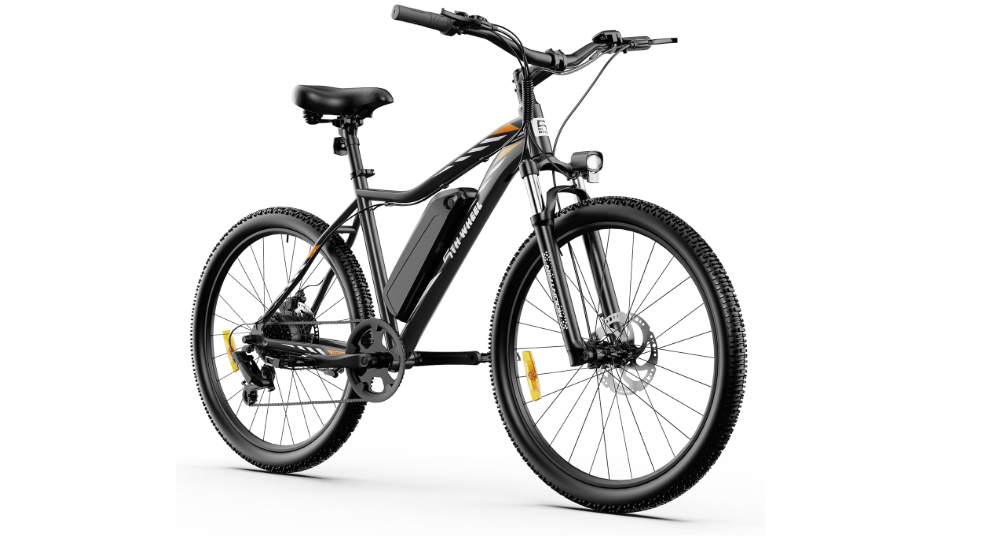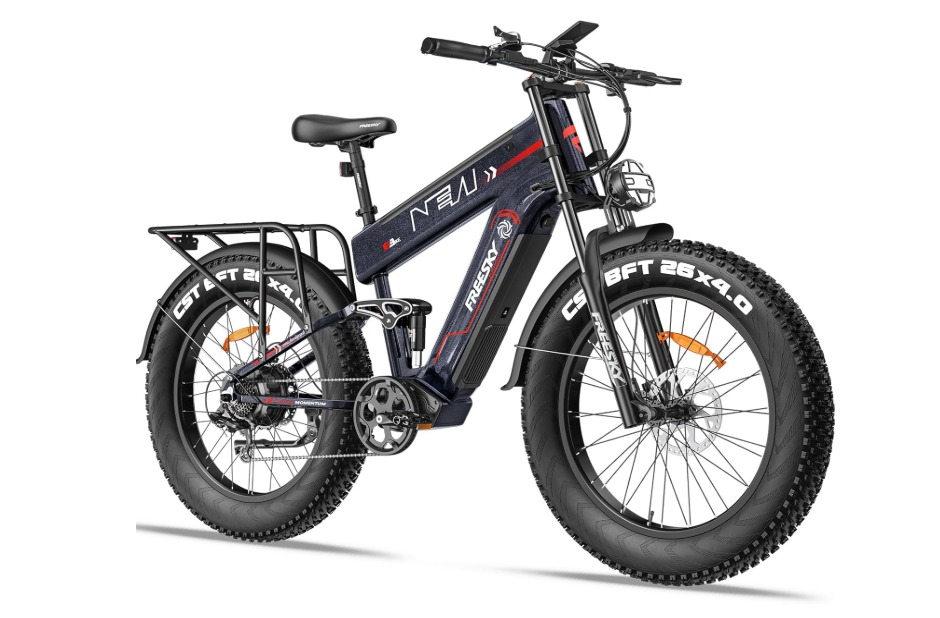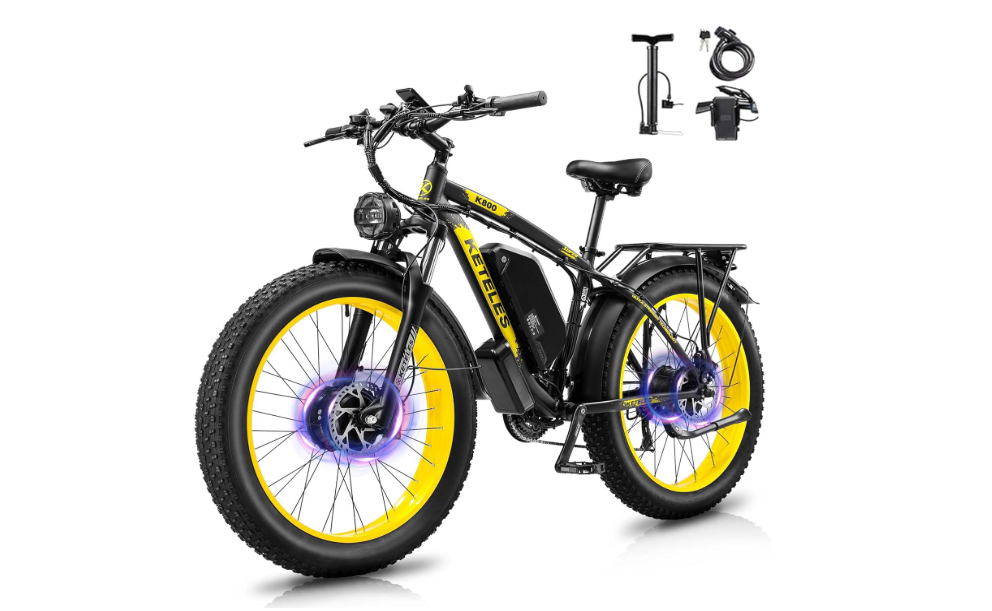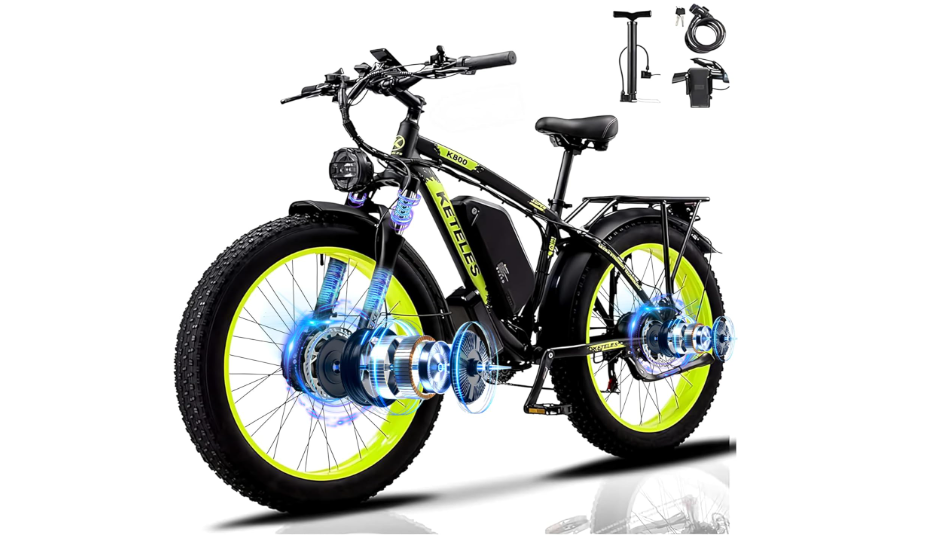Electric bicycles (e-bikes) are no longer just a niche product for enthusiasts they are rapidly becoming a key element of India’s sustainable mobility vision.
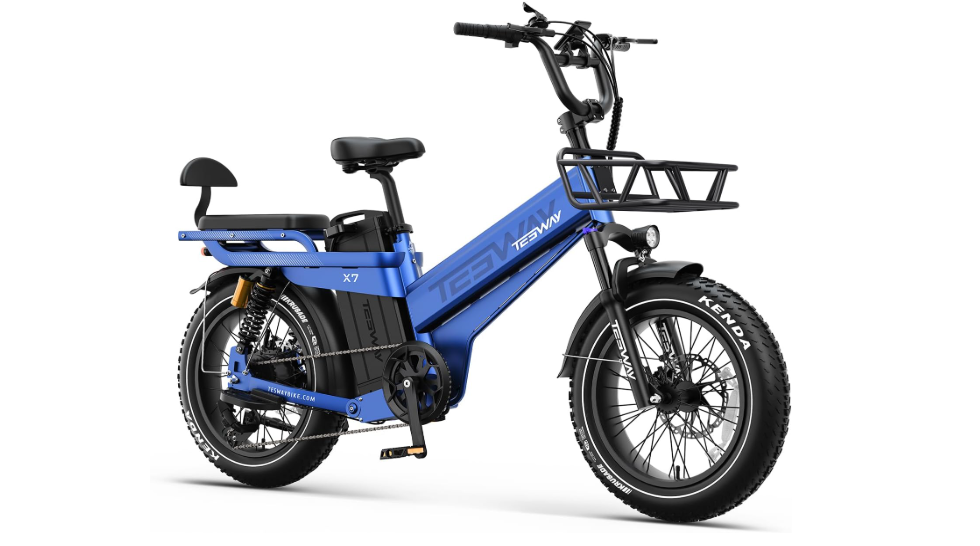
With rising traffic congestion, urban pollution, and fuel costs, e-bikes provide an affordable, eco-friendly, and practical alternative for daily commuting.
Recognizing this potential, the Indian government has rolled out several subsidies and schemes to encourage adoption of electric bicycles and promote green mobility across the country.
This guide provides an in-depth look at the government’s incentives, eligibility criteria, application processes, and future prospects for electric bicycle users in India.
Why the Government is Promoting E-Bikes
Urban mobility in India faces multiple challenges, including:
- Increasing traffic congestion in metropolitan cities
- Escalating pollution levels from traditional petrol and diesel vehicles
- Rising fuel prices affecting daily commuting costs
Electric bicycles address all these issues by providing a low-cost, zero-emission transportation option.
To accelerate adoption, the government has been actively introducing financial incentives and policies. These initiatives aim to make e-bikes affordable for a broader population while supporting environmental sustainability.
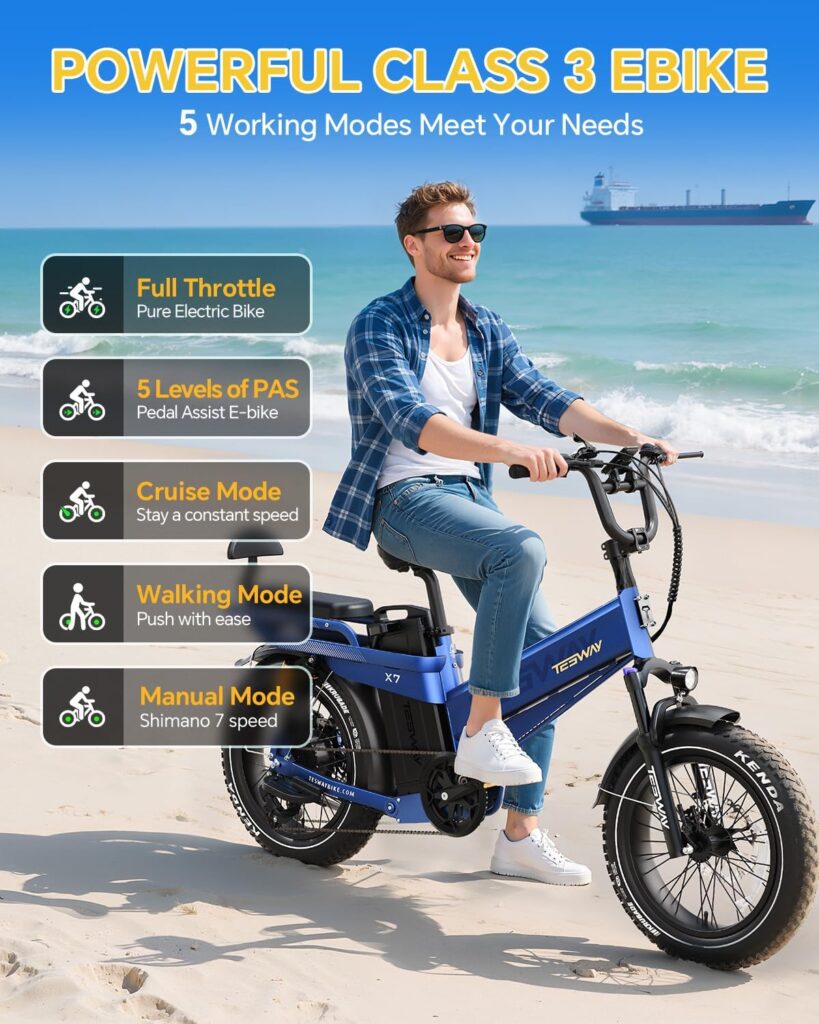
Subsidies not only lower the purchase cost of e-bikes but also encourage local manufacturers to innovate and expand production, ultimately contributing to India’s green economy and employment generation.
Key Government Schemes for E-Bikes
1. National Electric Mobility Program
India’s National Electric Mobility Program is the umbrella initiative promoting all forms of electric vehicles, including e-bikes.
It offers incentives to both manufacturers and consumers, with a strong focus on urban transport solutions. The main goal is to reduce dependency on fossil fuels, cut carbon emissions, and create an ecosystem for electric mobility.
For electric bicycles, the program generally provides:
- Financial incentives based on battery capacity
- Tax rebates for eligible buyers
- Support for charging infrastructure development
2. State-Level Subsidies
While the central government lays down broad policy frameworks, many states provide additional incentives to boost adoption locally. These state-level schemes vary in scope and benefits. Some notable examples include:
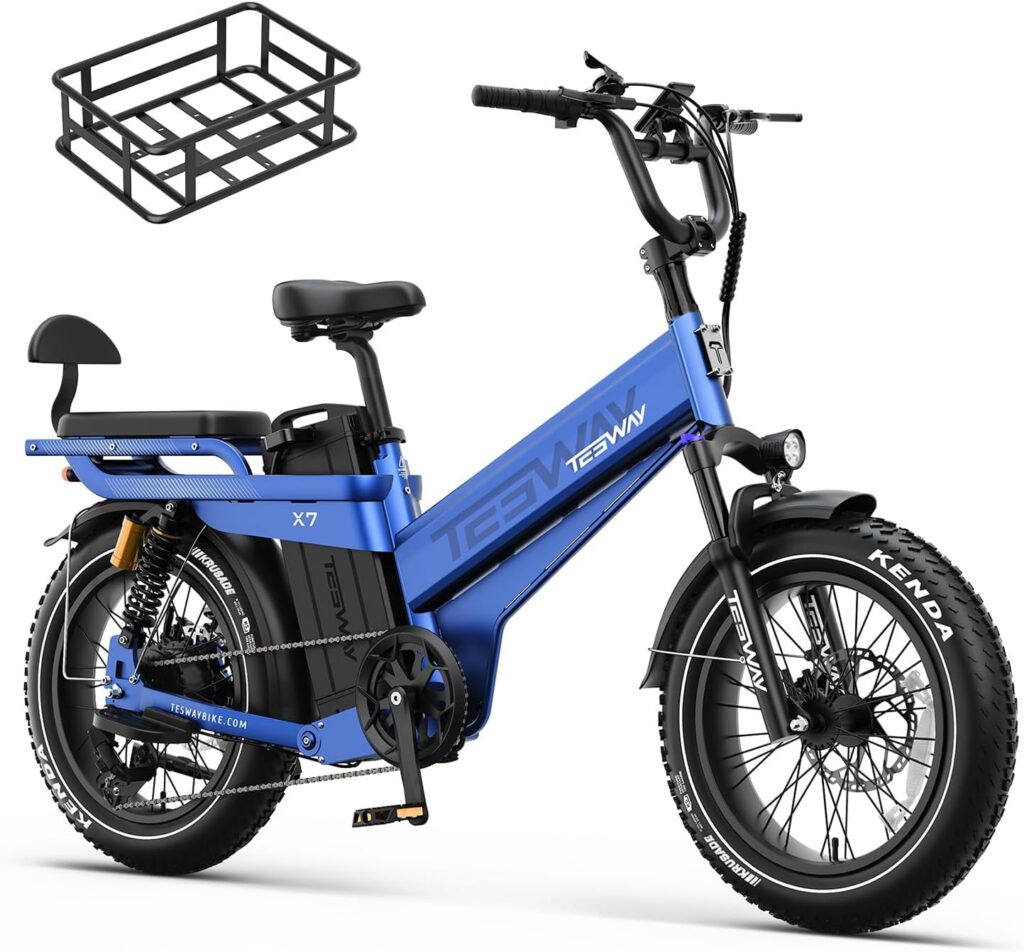
- Tamil Nadu: Offers subsidies to support gig economy workers purchasing e-bikes for deliveries and mobility services. This initiative helps young professionals reduce commuting costs while promoting cleaner transportation.
- Maharashtra: Introduces incentives for urban commuters and students to switch to electric bicycles, aiming to reduce traffic congestion in major cities like Mumbai and Pune.
- Karnataka: Provides a partial subsidy for locally manufactured e-bikes to encourage both production and usage.
The benefit of state-level schemes is that they often complement central government incentives, making electric bicycles more financially accessible.
3. Tax Rebates & Exemptions
The government also offers indirect financial support through tax benefits:
- GST Reduction: Electric bicycles generally attract a lower GST rate than petrol-powered vehicles, making them cheaper at the point of sale.
- Income Tax Rebates: Some states allow buyers to claim deductions or rebates on personal income tax if they invest in green transportation.
These measures make e-bikes an attractive investment not just environmentally but economically as well.
Eligibility Criteria for Subsidies
While specific criteria vary across schemes, most subsidies have common requirements:
- Vehicle Type: Only electric two-wheelers (including bicycles with motor assistance) are eligible. Traditional bicycles or non-electric scooters do not qualify.
- Battery Specifications: Subsidy amounts often depend on battery capacity or motor power. Higher-capacity batteries may receive higher financial support.
- Registration: The e-bike must be registered under the respective state transport authority.
- Compliance: Vehicles must meet safety and technical standards defined by the government.
- End-User Restrictions: Some subsidies target specific groups such as students, gig economy workers, or low-income households.
It is essential to check the official guidelines of the applicable scheme before purchasing an e-bike to ensure eligibility.
How to Avail E-Bike Subsidies
Claiming government incentives for electric bicycles involves several steps:
- Research: Identify e-bike models that are approved under subsidy schemes. Dealers usually have this information readily available.
- Purchase: Buy the eligible e-bike from an authorized dealer.
- Documentation: Prepare necessary documents, including proof of identity, residential address, proof of income (if required), and the e-bike purchase invoice.
- Application: Submit the application for subsidy, either online through the official government portal or directly through the dealership.
- Verification: The authorities may verify the documents and inspect the vehicle.
- Disbursement: Once approved, the subsidy is either credited directly to the buyer’s bank account or deducted from the purchase price at the dealership.
Being proactive and thorough during this process ensures a smooth subsidy claim experience.
Benefits of Government E-Bike Subsidies
Government incentives make e-bikes significantly more attractive. The key benefits include:
- Reduced Upfront Costs: Subsidies lower the initial purchase price, making e-bikes accessible to a wider population.
- Environmental Impact: Electric bicycles produce zero emissions, reducing air pollution in cities.
- Energy Efficiency: E-bikes consume far less energy than petrol-powered vehicles, cutting down transportation costs over time.
- Health Advantages: E-bikes encourage cycling, which promotes physical activity and contributes to a healthier lifestyle.
- Support for Local Economy: Subsidies help domestic manufacturers grow, generate jobs, and drive innovation in electric mobility technology.
By combining economic and environmental benefits, e-bikes align with India’s broader goal of a sustainable transport ecosystem.
Challenges and Considerations
Despite the government’s support, there are some challenges to widespread adoption:
- Charging Infrastructure: Availability of charging stations remains limited in many cities, which may discourage potential buyers.
- Battery Life and Replacement Costs: While subsidies cover purchase, battery maintenance can be an ongoing expense.
- Awareness: Many consumers are still unaware of the available subsidies and schemes, which limits uptake.
- Quality Concerns: Not all e-bikes in the market meet safety and technical standards, making it crucial for buyers to verify compliance.
Addressing these challenges through public awareness campaigns, better infrastructure, and regulation will be crucial for sustained growth.
Future Outlook
India’s electric mobility ecosystem is poised for significant expansion. With increasing government support, falling battery costs, and improved technology, electric bicycles are set to become mainstream in urban commuting. Experts predict:
- Greater integration of e-bikes into smart city planning.
- Wider availability of state and central government incentives to encourage adoption.
- Growth in the local manufacturing sector for batteries and e-bike components.
- Expansion of charging infrastructure, including solar-powered and shared charging stations.
In the coming years, electric bicycles are likely to transition from a niche option to a preferred mode of daily transportation for millions of Indians.
Practical Tips for Buyers
For individuals looking to maximize subsidy benefits while choosing the right e-bike:
- Check Battery Capacity: Choose a model that qualifies for the maximum subsidy under the applicable scheme.
- Authorized Dealers: Purchase only through authorized dealers to ensure eligibility for subsidies and warranties.
- State-Specific Programs: Explore both central and state schemes to take advantage of combined benefits.
- Long-Term Costs: Consider maintenance, battery replacement, and running costs before purchasing.
- Government Portals: Regularly check official websites for updates on subsidies, application procedures, and deadlines.
Being informed ensures buyers receive maximum benefits while making a smart investment in sustainable transportation.
Conclusion
Electric bicycles are not just a mode of transport they are a step toward a more sustainable future. With government support, the path to cleaner, smarter, and more efficient urban mobility has never been clearer.
